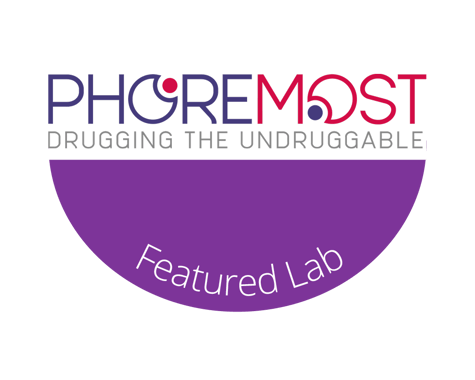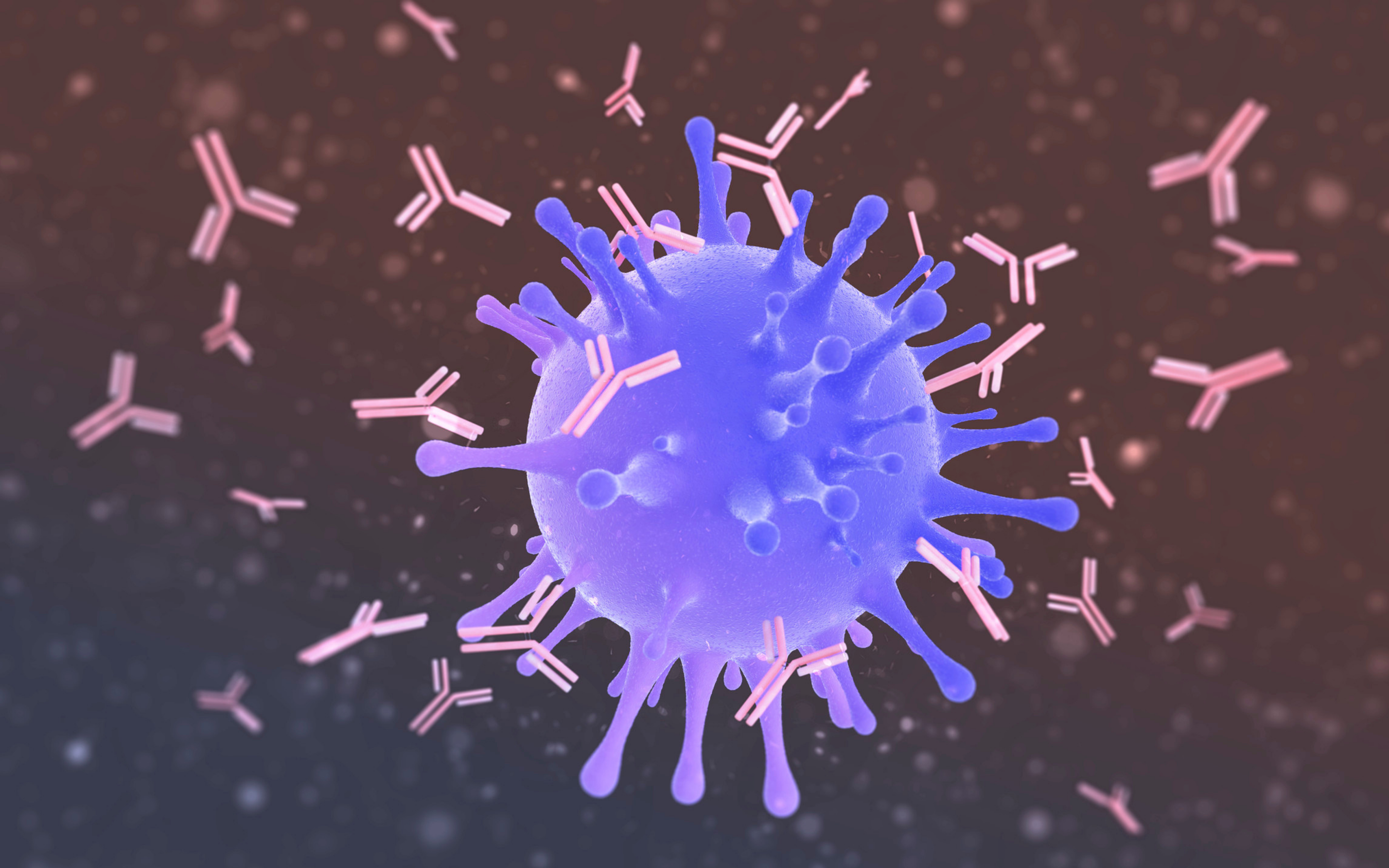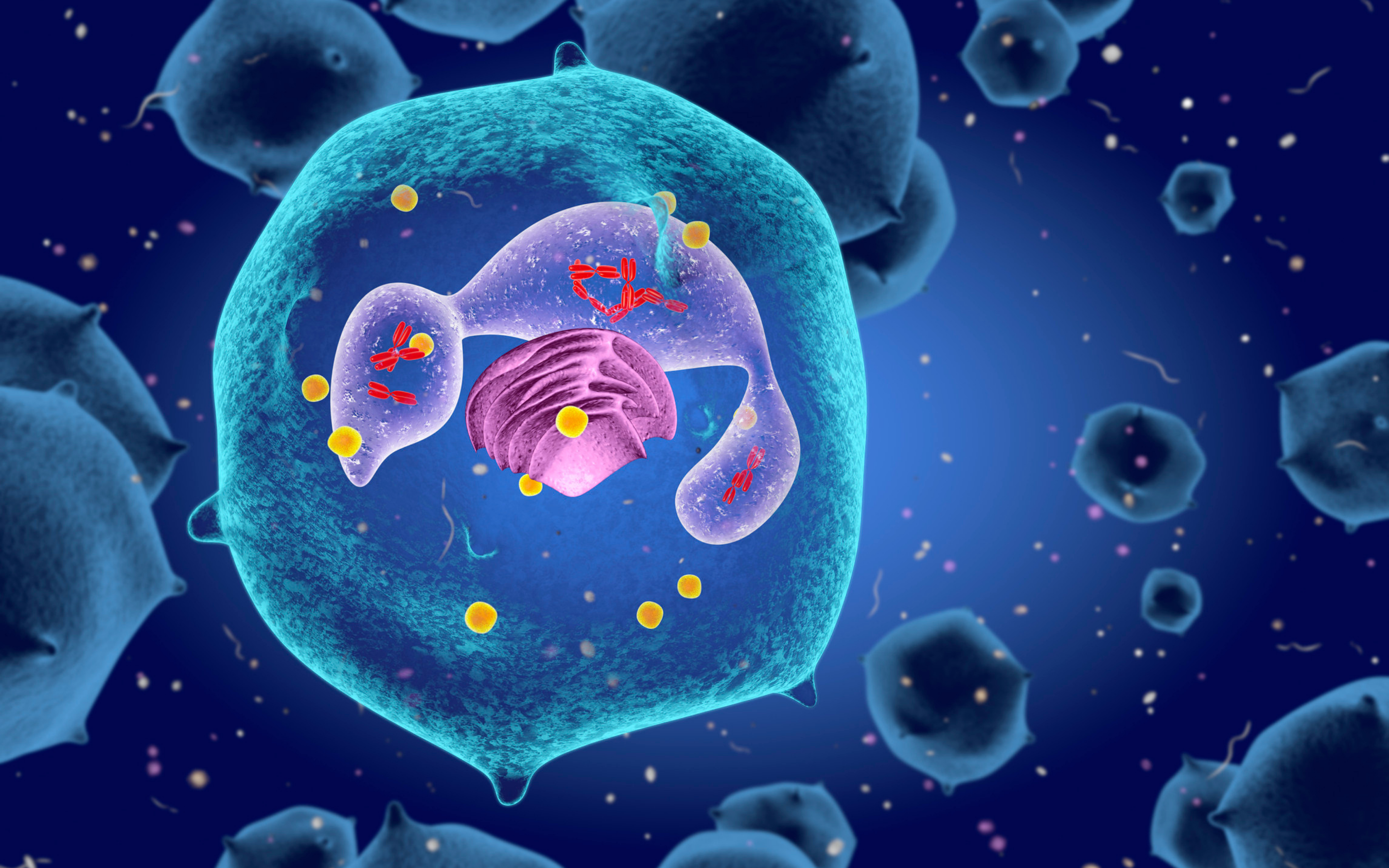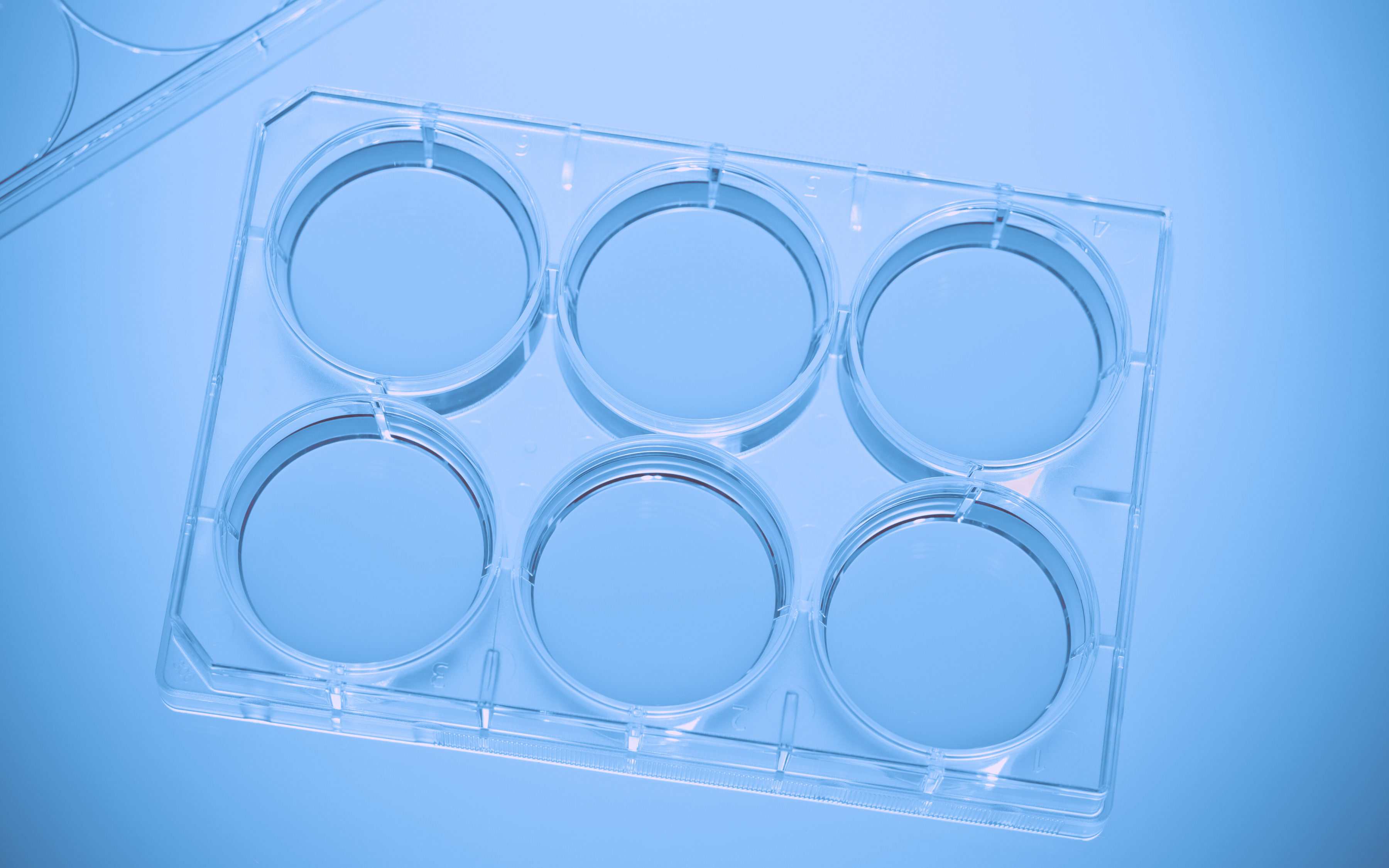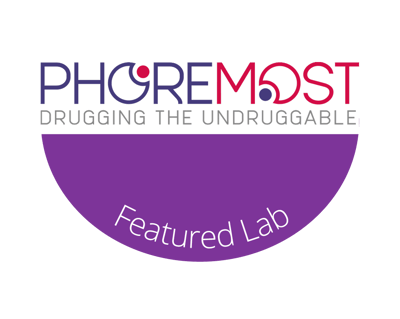
"Labguru helps me to keep track of what my team members are doing and allows collaborative analysis of data and experiments. This really opens up communication and creativity when planning our next steps".
PhoreMost is a new-model drug discovery company, using its core expertise to open-up new ‘druggable’ target space and working with a global network of co-invested academic and industrial collaboration partners, PhoreMost aims to bring a wide array of novel ‘targeted’ therapies more efficiently to market and pass these cost savings onto patients.
PhoreMost is aiming to remove barriers to new drug development with its novel SITESEEKER technology, a live-cell phenotypic assay system that can rapidly identify unexpected, or “cryptic” druggable sites in specific disease driving targets and pathways that can’t be readily seen using conventional non-cell based analytical methods.
SITESEEKER employs diverse (billions of elements) biological screening libraries of small 3-dimensional protein-folds, which when delivered into cell-based phenotypic assays interact on a genome-wide scale with host-cell proteins to describe new druggable space that is intimately linked to disease causation. This process, called Protein Interference, lies at the heart of the SITESEEKER platform and differs fundamentally from other genome-based target screening technologies, such as RNAi and CRISPR, in operating directly at the protein level, so that new druggable space can be defined as an inherent part of the target-function screening process.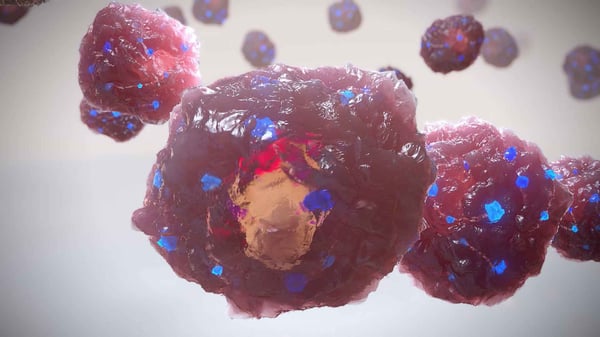
PhoreMost SITESEEKER Platform
PhoreMost primarily carries out pooled phenotypic screening. This requires a significant amount of SOP development around cell and molecular biology techniques such as cloning, virus production and infection, flow cytometry and sample preparation for Next Generation Sequencing.
PhoreMost now has 27 employees, approximately 20 of whom are laboratory-based scientists and use Labguru in all aspects of their day to day work. Phoremost is based on the Babraham Research Campus, just outside Cambridge, UK.
We interviewed a few people from PhoreMost to understand their experience with Labguru:
 Laura Butler Ph.D., is a team leader, managing a team of scientists, involved in multiple oncology screening projects, focusing on Hit and Target Validation, developing assays to functionally validate protein fragments and their targets.
Laura Butler Ph.D., is a team leader, managing a team of scientists, involved in multiple oncology screening projects, focusing on Hit and Target Validation, developing assays to functionally validate protein fragments and their targets.

Ned Hoyle works in the Hit Validation and Drug Discovery teams. Ned’s work consists of designing and running bespoke assays which interrogate the cell biology underpinning our drug discovery pipeline.

Sam Barker Ph.D. worked in oncology and immuno-oncology in the drug discovery team. Since 2018, Sam has been managing PhoreMost commercial alliances and collaborations with PhoreMost’ pharmaceutical partners.
What are Phoremost key challenges?
Laura: Our major challenges at this point are capturing R&D breakthroughs and advances, standardizing processes, and recording inventions for IPR protection.
What was your overall goal when you started using Labguru?
Laura: When we started using Labguru we were interested in effectively organizing our data in a way that was easily searchable both to me and my colleagues. We found Labguru a great way to keep all of our digital resources in one place, this includes our cell lines and plasmids databases.
Which Labguru features do you like most and find critical for your work?
Laura: We really like Labguru’s look & feel. It’s aesthetically pleasing and very easy to work with. The search function is invaluable to us because it enables related experiments from other research groups in the company to be easily found and cross-referenced.
A very simple but useful resource is being able to flag the experiments as successful or failed. When there is a project with a long list of entries it makes easier to identify the one that contains the right information and reduces the time dedicated to the search. In the same way, it also allows accessing data from people that don’t work in the company anymore and also facilitates line management as it is easy to track the progress of different projects from different people.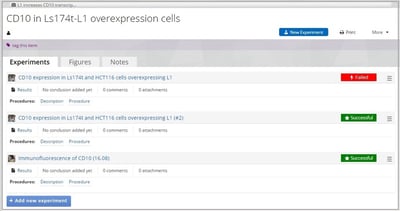
Flag Experiments- Labguru ELN
Labguru inventory module includes tools that are essential for our work. We are currently using this module to keep a record of our cell line stocks, plasmids, and primers. We are also starting to create a database of our compounds and reagents. This a very nice way of having everything centralized and accessible to the whole company.
In addition, Labguru enables to create SOPs and protocols that can be loaded directly onto new experiments helps with the write-up.
Has your team communication improved?
Laura: Labguru helps me to keep track of what my team members are doing and allows collaborative analysis of data and experiments. This really opens up communication and creativity when planning our next steps.
Communication has improved because scientists are already aware of the data before a meeting. This saves time introducing a project or describing previous data, as this is accessible by everyone beforehand. It also helps new members of a team to have a good understanding of the project and the techniques and experiments that have been executed. If a piece of data is missing or something not entirely clear, the owner of the experiment can be quickly notified, and information can be amended.
A centralized SOP and protocol database also permit to have the confidence that all members follow the same approaches before an experiment. This helps to be consistent in the process and identify problems easily. Write-ups consistency also allows to search data faster and this is a way of improving communication within a team.
How do you deal with raw research data and how does Labguru help you with that?
Laura: It’s useful to keep all the data in a single location that is accessible to everyone. Old experiments might be required for publications or new projects at different times, that’s why it’s important to keep raw data along with final figures in each of the experiments. It’s possible that new figures need to be prepared at some point or data re-analyzed to contemplate results from different angles. For that reason, we always upload raw data to experiments, as long as it’s not very heavy (i.e. microscopy or NGS data).
Ned: Labguru allows us to attach data in any format directly from the instrument which is quite handy. This ensures that we never lose the original file and data can be easily shared with partners and collaborators.
Another advantage is that a summarised dataset can be imported from excel whilst preserving formatting.
Labguru also offers the option of visualizing PowerPoints and Excel documents which improves the possibilities for data analysis and comprehension.
Can you describe the ROI you see from Labguru?
Sam: Labguru definitely helps us save time and be more efficient in running our lab. It enables our lab managers to seamlessly track the incoming and outgoing of consumables and lab stocks which, in turn, reduces downtime for scientists waiting for resources and results in a high output from these key staff members. The ease with which Labguru can be used to manage stocks also reduces the time taken to keep a well-organized and cost-effective lab, not only in lab orders but also in storage management. In addition, Labguru also saves time by improving communication among lab members and shortening onboarding process for new members.
To schedule a demo and learn more about how to improve your lab efficiency – Contact Us
Read More Blog Posts:
